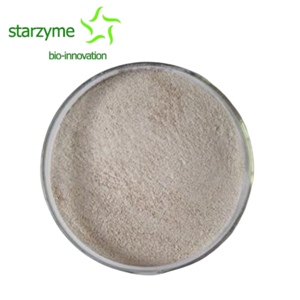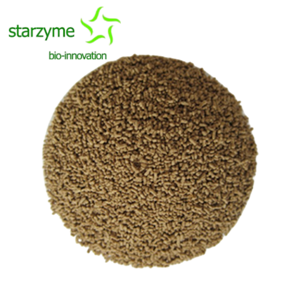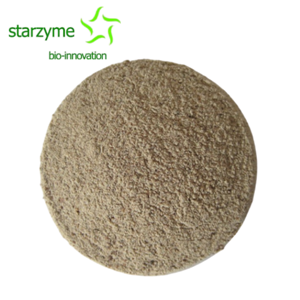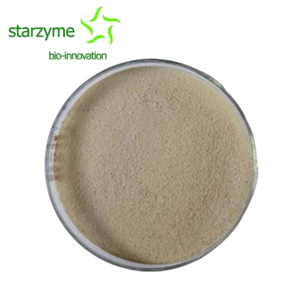What is Bacillus coagulans?
As early as 1915, records of Bacillus coagulans appeared in a paper published by Hammer B.W. In 1932, Russian scientists L. M. Horowitz Glassowa and N. W. Nowotelnow first used the term "Lactobacillus sporogenes" to describe Bacillus coagulans in their scientific literature. According to the 8th edition of Bergey's Manual of Determining Bacteriology, rod-shaped bacteria that can form spores, produce lactic acid, and are facultative or aerobic should be classified as Bacillus rather than Lactobacillus. Lactobacillus bacteria cannot produce spores. In 1980, the academic community unified the name Bacillus coagulans, and its model strain was ATCC (American Type Culture Collection) 7050.
Physicochemical Properties
Bacillus coagulans is a facultative anaerobic bacterium that can grow in both aerobic and anaerobic environments. It can adapt to low oxygen intestinal environments, has high tolerance to acids and bile, and can undergo lactic acid fermentation. The L-lactic acid produced can lower intestinal pH, inhibit harmful bacteria, and promote the growth and reproduction of beneficial bacteria such as bifidobacteria. Bacillus coagulans can form spores, which is beneficial for restoring the micro-ecological balance of the gastrointestinal tract compared to other non-lactic acid producing Bacillus species. The optimal growth temperature is 45-50 degrees Celsius and the optimal pH is 6.6-7.0. Bacillus coagulans spores can germinate in the human body in about 4-6 hours, of which 85% of the bacterial cells can smoothly pass through the digestive system and eventually germinate and reproduce in the intestine. However, it is worth noting that Bacillus coagulans is different from other probiotics. Due to its weak adhesion to intestinal epithelial cells, it is generally difficult for the bacteria to exist in the intestine under natural conditions. Therefore, as "immigrants" in the intestine, it can only stay in the intestine for a short period of time. After taking it orally once, it takes about 4-7 days for the bacteria in the intestine to disappear completely through defecation. So only by continuously taking Bacillus coagulans bacterial agents can the bacteria fully exert their probiotic effects in the intestine.
The survival rate of Bacillus coagulans reached 96.4% after 10 minutes at a high temperature of 100 degrees celcius; Under acidic conditions of pH 2.0, the 6-hour survival rate reached 48.2%; The 24-hour survival rate reached 78.3% under 0.9% bile salt conditions, and 84.3% under 0.3% bile salt conditions. At pH 1.0, Bacillus coagulans can still survive, but at low pH conditions (pH 4.0), their heat tolerance decreases. For example, under acidic conditions (pH 4.0), the spores of Bacillus coagulans have almost no tolerance to heat and their growth is also inhibited. In addition, Cerrutti et al. also found that the growth of Bacillus coagulans was inhibited under conditions of pH less than 4.5 and water activity of 0.96.





